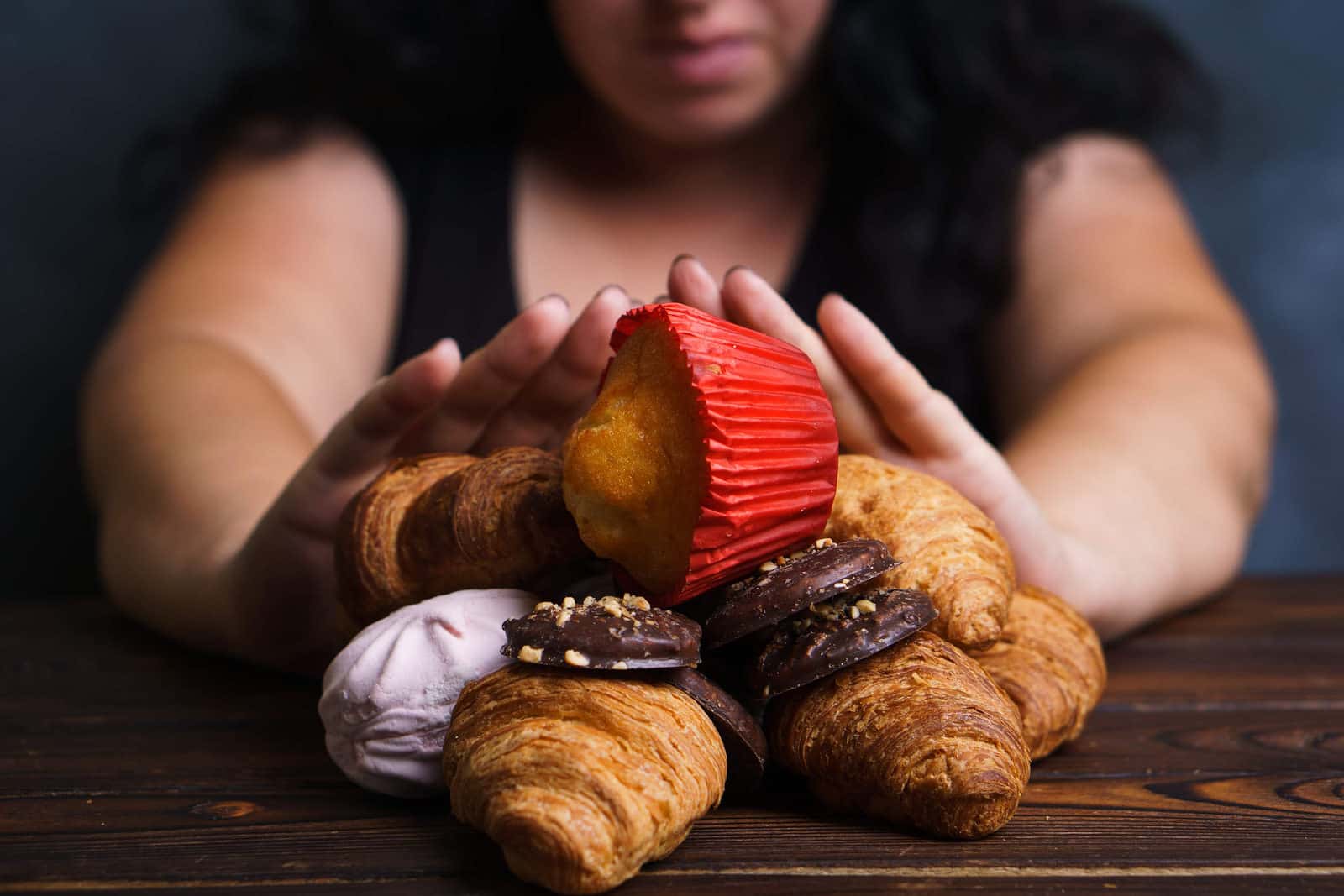
Can we reverse the international epidemic of type 2 diabetes? Doctors know that some lifestyle measures, such as losing weight, staying active and managing stress, can make a difference. They sometimes despair of convincing patients to follow through, however. Perhaps they shouldn’t. We heard recently from one reader who found that paying close attention to diet and cutting out sweets really helped with blood sugar control.
Can Diet Help You Reverse Pre-Diabetes?
Q. About 12 years ago I was diagnosed with pre-diabetes since my HbA1c was 6.8. I started measuring my blood sugar and also changed my diet, cutting out sweets, beer and wine.
My wife asked me to measure her blood glucose because she was always thirsty. It was 260 and her HbA1c was 13.6!
With such severe diabetes, she needed action. We went to a rigorous diet with no bread, rice, potatoes, macaroni, fruit juice or ice cream (grrrrrrr). Instead we focused on vegetables, fruit and some meat. We both lost weight. Needless to say, that didn’t happen overnight.
We measure our blood sugar to determine what’s good and what’s not. For example, sweet potato was OK for her but not for me. Normal potato was OK for me but not her.
We also figured out that eating food with high-fructose corn syrup is like eating poison for both of us. It takes three days until blood sugar levels go back down to the usual level. We avoid it rigorously, not just by cutting out sweets. You would be surprised how many foods have this stuff in it, so we read labels really carefully. I do occasionally have a small serving of ice cream. She doesn’t, as it pushes her blood glucose too high.
After about six months her A1C was under 7 and mine was 6.4. Today hers is 6.3 to 6.4, mine 6 to 6.3.
Cutting Out Sweets from the Diet to Keep Blood Glucose Under Control:
A. You are living examples of how following a sensible diet and losing weight can help regulate blood sugar. Some experts concur that high fructose intake can make diabetes harder to control (Mayo Clinic Proceedings, March 2015).
High-fructose corn syrup is not the only culprit. Ordinary table sugar also is about 50% fructose. It too is found in more foods than you might imagine, such as ketchup, barbecue sauce or low-fat yogurt. All the same, cutting out sweets will go far to reduce the amount of fructose in your diet. Researchers have found that when overweight teens consume fructose, they produce way too much insulin (Journal of Clinical Endocrinology and Metabolism, Aug. 1, 2019). Such hyperinsulinemia is frequently an early step in the development of type 2 diabetes.
Your tactic of measuring your blood sugar to personalize your diet is extremely sensible. Dr. Richard Bernstein advocates exactly that approach in his book, Dr. Bernstein’s Diabetes Solution.
Learn More:
In our Guide to Managing Diabetes we offer a list of low-carb vegetables and discuss diet and other non-drug approaches to controlling blood sugar. You might also wish to listen to our interview with diabetes expert Dr. Kasia Lipska of the Yale School of Medicine. It is Show 1173: How Is Diabetes Diagnosed and Treated?
Another podcast that may interest you focuses on the benefits of exercise and supplements to help with blood sugar control. It is Show 1036: How to Prevent Diabetes by Changing Your Life. One more show that offers unique advice is
Citations
- DiNicolantonio JJ et al, "Added fructose: A principal driver of type 2 diabetes mellitus and its consequences." Mayo Clinic Proceedings, March 2015. DOI: 10.1016/j.mayocp.2014.12.019
- Galderisi A et al, "Fructose consumption contributes to hyperinsulinemia in adolescents with obesity through a GLP-1-mediated mechanism." Journal of Clinical Endocrinology and Metabolism, Aug. 1, 2019. DOI: 10.1210/jc.2019-00161

